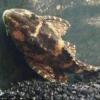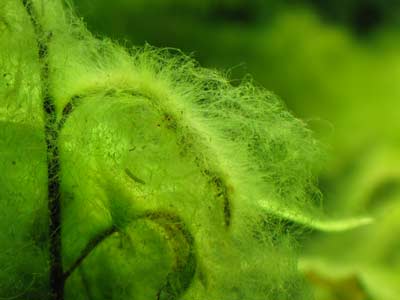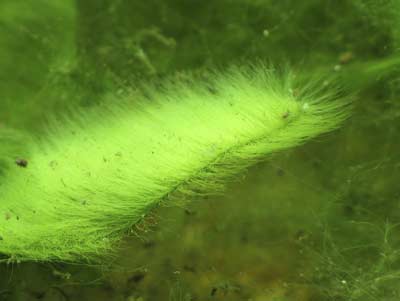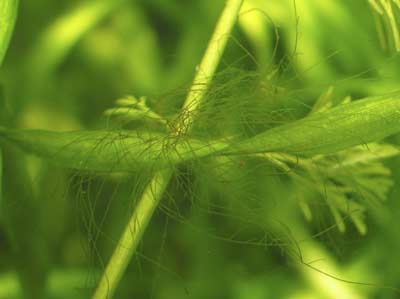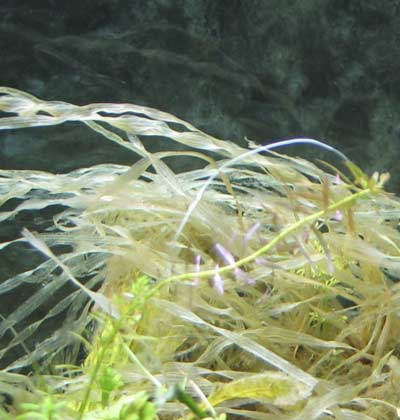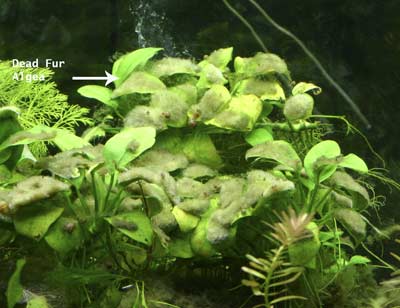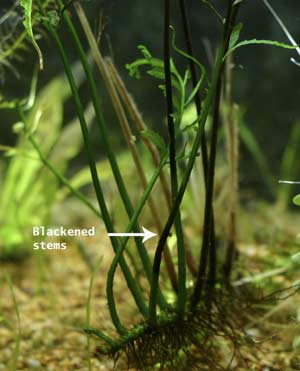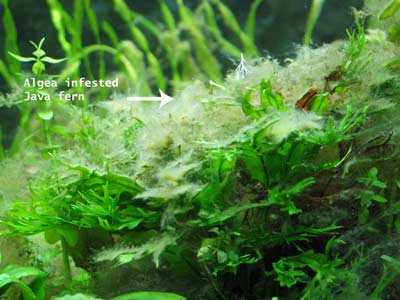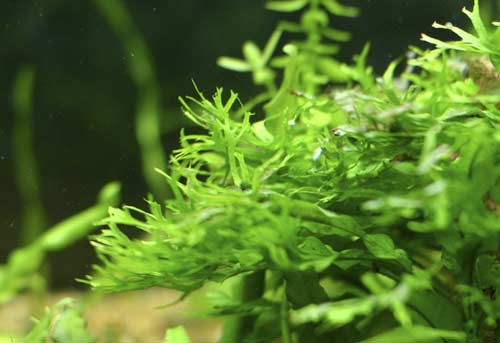Not been on this forum for a while, then I read this story and it makes you want to cry. Partly for Melee who is clearly extremely frustrated, and for the three tanks full of fish.
I am not sure what the problem is, it could be a number of things, and before spending a lot more money on set ups and fish I think it would be wise to take some steps to find out the cause.
Initially the fish became ill with white marks on the body, which could be ammonia but also a host of infectious conditions, not just white spot.
A necropsy examination by a qualified person might have provided the answer and it might still be worth doing, or a gill biopsy.
I know these thinks are expensive, but what has the cost of your tanks been to date and the added anguish.
Forums can be good places for advice, and I am sure you have asked everywhere, but for these difficult issues I think the best option is to document a time line with as much information as possible and then take it to the most experienced person you know and work with that one person to eliminate as many possibilities as you can and then test for the rest.
Common things occur commonly, which is why we bang on about ammonia, we see it so often.
However the rare things do happen, and all experienced fish keepers know of episodes of toxic ornaments, accidental poisonings, miscalculation of medications, flea bombs, errant cleaning ladies that have resulted in wipe out of tanks. These things do happen, but three times in a row is starting to look like a pattern.
I will make some general comments
Quaranteen, Quaranteen, Quaranteen
Add fish slowly and wait, then wait some more and then a little more, 3 months between new additions would be my prefered period
Discus are not the fish for a troublesome tank that is only 6 weeks old
Cycling your tank with disease ridden live bearers is not my prefered option. It is a six foot tank so you can put in a small number of the fish you want and let them cycle the tank
Good luck
I hope you find the answers
Cheers
Brett
- BengaBoy likes this




 Find content
Find content
